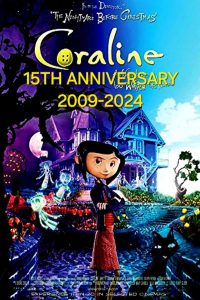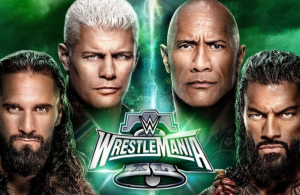
Megan Moffett
Blue & White Flash / Staff Writer
“And every time you were in church more than me, everyone would say ‘You should be more like your brother’. But when you screwed up, everyone looked at me like, ‘If you were a better example, he wouldn’t be going through this’, and that was my conviction, my time!”
This line from the first scene of Act II of the play, “Black Fossil” detailed the relationship of two brothers as they discuss why the younger brother doesn’t need to go back to prison and how the older brother suffered from the ridicule of others because of the youngest ones decisions.
Directed by Yohance Myles, the play stood as a flashback into the development of the African-American culture. Myles was able to capture the struggle of Africans all the way to the modern day Black man and woman in the play.
Act I began with the entire cast portrying slaves in African garb and eventually dispersing as if they were running from something. As the scene goes on, the slaves are eventually captured and one main character discusses the journey and the hardships of it.
More scenes follow that centralized on the idea of slavery, however the entire first Act didn’t focus on just slavery, it gradually started to progress through the years of the advancement of black people.
One of the more powerful scenes was dubbed “Oreo” and detailed an African-American man around the 1920’s or 1930’s in a room by himself with a table and some type of product that could have possibly been a bleaching product. The young man is asking the Lord asking why he was made black and not the color that was accepted. He continued with this plea while trying to rip his black skin off and eventually settled for the white cream he placed upon his face.
Act I ends with a young man hanging himself because of all the struggles he has been through over his life. His final straw was having his son taken from him by Child Protective Services (CPS) over an incidental fire that happened while the dad was at work. That scene really tugged at the audiences heart string as the witnessed a young black man trying to do everything he could to make it work for himself and his son but couldn’t take anymore hardships. I felt tears streaming down my face as I couldn’t bear to see a black man actually trying hard to raise his son and work to make a living for them take his own life because he couldn’t take anything any more. As I wept, I talked with one of my friends who expressed the power behind that scene and had tears held back in his eyes as to not let them fall as I did mine.
Act II picks up with a scene called “Generation X” that shows the current lives of African-Americans in the hip-hop culture. The actors acted as if they were striving to be something but made a mockery of it all by showing that they were all either intoxicated or high off of some type of drug.
“Black Fossil” wanted to show that from the capturing and enslavement of our people, African-Americans have not really gotten out of the slave mentality. African-Americans still seemed to be held down by something.
As the play came to an end, the message seemed to be an appeal for African-Americans to stop trying to be something that they are not in order to progress. Stop being a slave to hatred but an advocate for acceptance.
The charismatic nature of the play not only ended up bringing tears to my eyes a couple of times but formed a proud smile on my face as I walked out through a soul train line of actors and actresses thanking us for coming out.





Be First to Comment